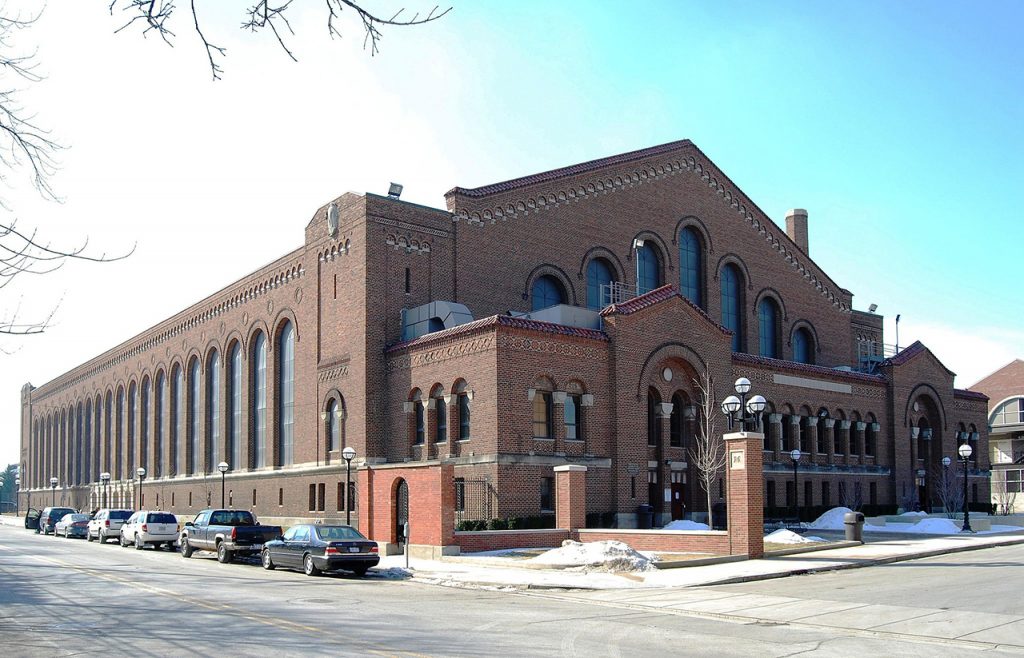Grappling With the Tarnished Legacies of Former Icons
Sports writer John U. Bacon discusses the pending removal of Fielding Yost’s name from the University of Michigan’s ice arena.

An advisory committee at the University of Michigan has recommended that the university remove the name of Fielding Yost from the university’s ice arena. Yost was Michigan’s head football coach from 1901-26. He was foundational to the success of Michigan athletics, credited with leading the Michigan football team to four straight national championship wins from 1901-04. He was also known for his racist beliefs.
“Leaving [Yost’s] name on the building is insulting, painful and harmful to the campus community. But taking the name off the building gives the illusion that we identified the problem, extracted the fly from the ointment and now all is well.” — John U. Bacon
Yost is not the only historical icon with a complicated legacy, though. On Thursday, former Michigan football player Matt Schembechler came forward saying that former team doctor Robert E. Anderson molested him and other teammates. So, what do we do with the monuments of our heroes when we unearth their ignoble pasts? Sports writer John U. Bacon and Professor Hilary Green say the answer is not as simple as removing names from monuments.
Listen: Why moving Fielding Yost’s name is a complicated matter.
Guests
John U. Bacon is a sports writer and author of “A Legacy of Champions: The Story of the Men Who Built the University of Michigan Football.” Bacon explains that Yost upheld discriminatory and racist policies at the University of Michigan. “He did not have a single African American on his team from 1901 to when he stepped down in 1926 … so that’s one bit of evidence,” he says. “But the strongest by far is the 1934 Georgia Tech game, when Fielding Yost … benched Willis Ward.” Ward was a world-class African American athlete who once defeated Jesse Owens on the track.
Bacon emphasizes the importance of addressing Yost’s racist legacy, but he says removing Yost’s name from the ice arena is a complicated matter. He explains, “Leaving [Yost’s] name on the building is insulting, painful and harmful to the campus community … But taking the name off the building gives the illusion that we identified the problem, extracted the fly from the ointment and now all is well.” Instead, Bacon suggests, “Name the track for Willis Ward … the man was a world-class decathlete.”
Hilary Green is an associate professor of history in the department of gender and race studies at the University of Alabama. Green has been involved in the renaming of monuments and markers at the university. She explains, “[Name] removal is the easy part. It’s easy to remove a name but that still doesn’t change the legacy, tell the full stories … and it can get complicated, where you draw that line is when you bring in community-based solutions.”
At the University of Alabama, Green leads alternative campus tours that detail the university’s racist history and showcase racist monuments. She says, “Monuments don’t teach, people do … bring the people in and tell the full story … the good, the bad, and the ugly.”
Web post written by Molly Ryan
Trusted, accurate, up-to-date
WDET is here to keep you informed on essential information, news and resources related to COVID-19.
This is a stressful, insecure time for many. So it’s more important than ever for you, our listeners and readers, who are able to donate to keep supporting WDET’s mission. Please make a gift today.
